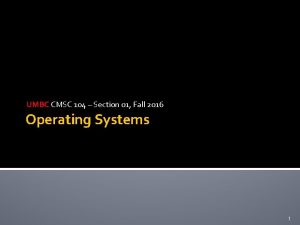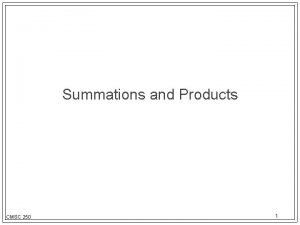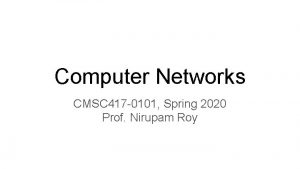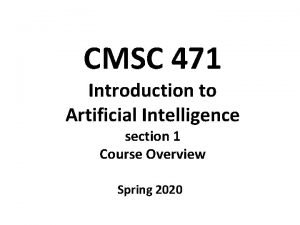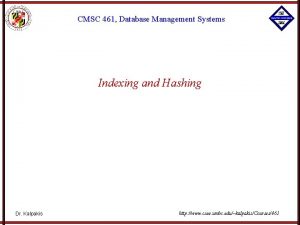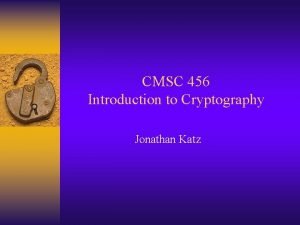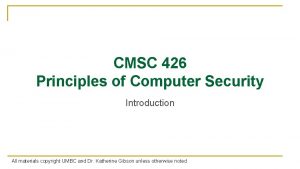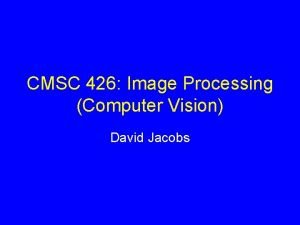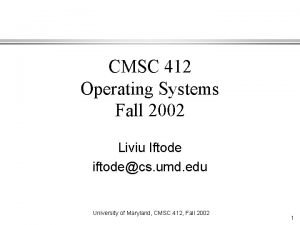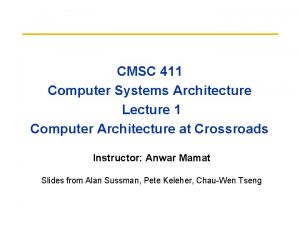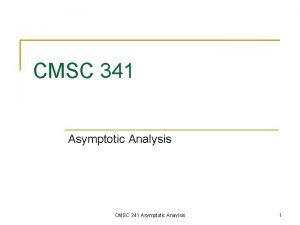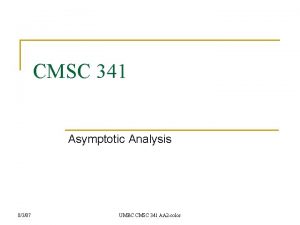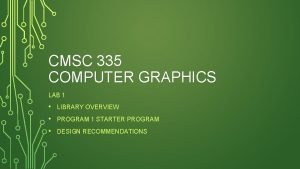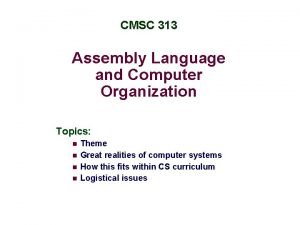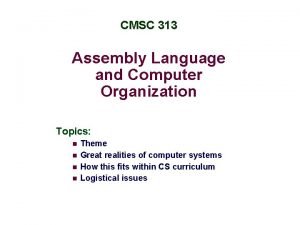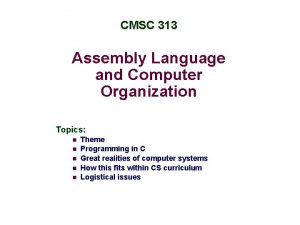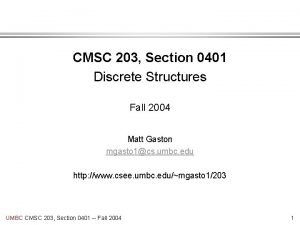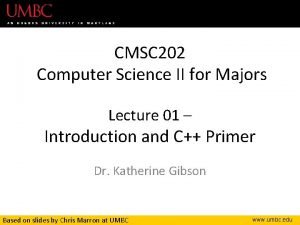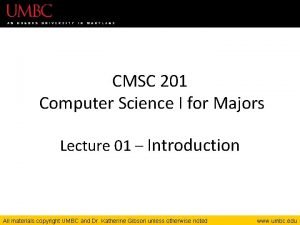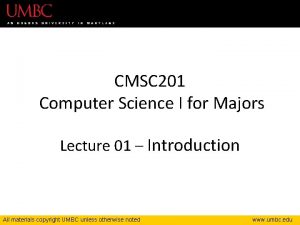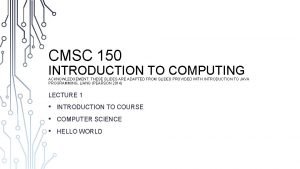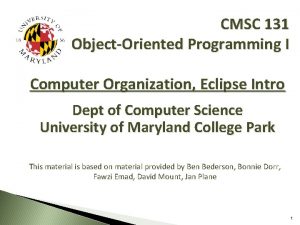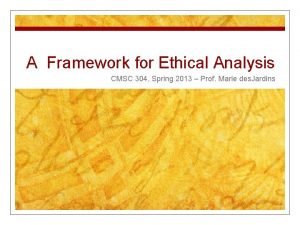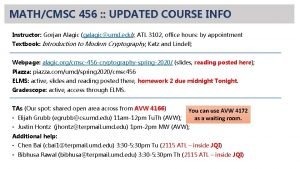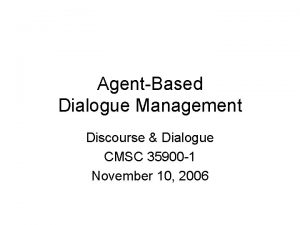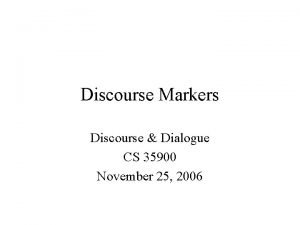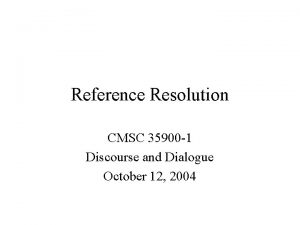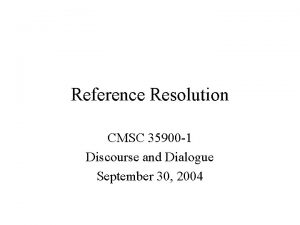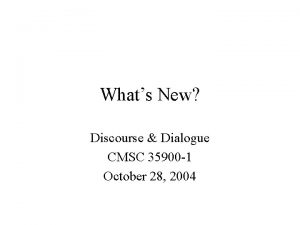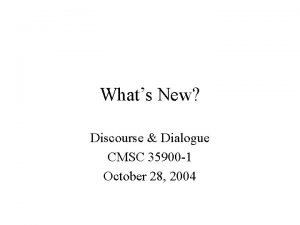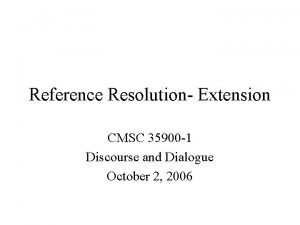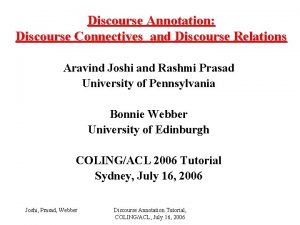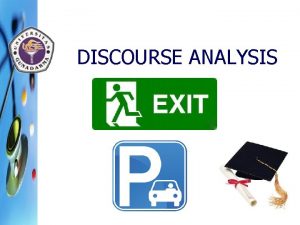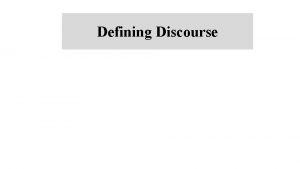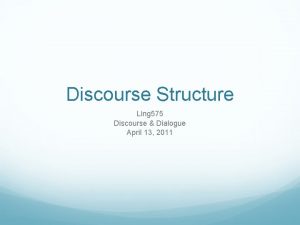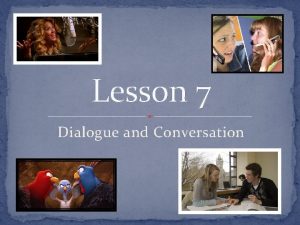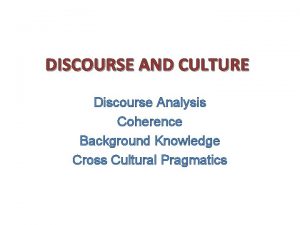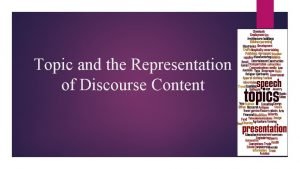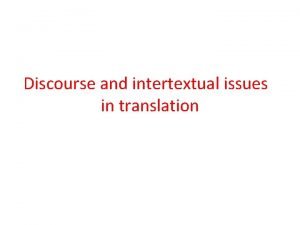Challenges in Dialogue Discourse and Dialogue CMSC 35900

























- Slides: 25

Challenges in Dialogue Discourse and Dialogue CMSC 35900 -1 October 27, 2006

Roadmap • Issues in Dialogue – Dialogue vs General Discourse – Dialogue Acts • Modeling • Recognition and Interpretation – Dialogue Management for Computational Agents

Dialogue vs General Discourse • Key contrast: Two or more speakers – Primary focus on speech • Issues in multi-party spoken dialogue – Turn-taking – who speaks next, when? – Collaboration – clarification, feedback, … – Disfluencies – Adjacency pairs, dialogue acts

Turn-Taking • Multi-party discourse – Need to trade off speaker/hearer roles • Interpret reference from sequential utterances • When? – End of sentence? • No: multi-utterance turns – Silence? • No: little silence in smooth dialogue: < 250 ms – When other starts speaking? • No: relatively little overlap face-to-face: ~5%

Turn-taking: When • Rule-governed behavior – Possibly multiple legal turn change times • Aka transition-relevance places (TRP) • Generally at utterance boundaries – Utterance not necessarily sentence – In fact, utterance/sentence boundaries not obvious in speech » Don’t necessarily pause between sentences • Automatic utterance boundary detection – Cue words (okay, so, . . ); POS sequences; prosody

Turn-taking: Who & How • At each TRP in each turn (Sacks 1974) – If speaker has selected A to speak, A must take floor – If speaker has selected no one to speak, anyone can – If no one else takes the turn, the speaker can • Selecting speaker A: – By explicit/implicit mention: What about it, Bob? • By gaze, function • Selecting others: questions, greetings, closing – (Traum et al. , 2003)

Turn-taking in HCI • Human turn end: – Detected by 250 ms silence • System turn end: – Signaled by end of speech – Indicated by any human sound • Barge-in • Continued attention: – No signal

Gesture, Gaze & Voice • Range of gestural signals: – head (nod, shake), shoulder, hand, leg, foot movements; facial expressions; postures; artifacts – Align with syllables • Units: phonemic clause + change • Study with recorded exchanges

Yielding the Floor • Turn change signal – Offer floor to auditor/hearer • Cues: pitch fall, lengthening, “but uh”, end gesture, amplitude drop+’uh’, end clause • Likelihood of change increases with more cues • Negated by any gesticulation

Taking the Floor • Speaker-state signal – Indicate becoming speaker • Occurs at beginning of turns • Cues: – Shift in head direction • AND/OR – Start of gesture

Retaining the Floor • Within-turn signal – Still speaker: Look at hearer as end clause • Continuation signal – Still speaker: Look away after within-turn/back • Back-channel: – ‘mmhm’/okay/etc; nods, • sentence completion. Clarification request; restate – NOT a turn: signal attention, agreement, confusion

Segmenting Turns • Speaker alone: – Within-turn signal->end of one unit; – Continuation signal -. Beginning of next unit • Joint signal: – Speaker turn signal (end); auditor ->speaker; speaker>auditor – Within-turn + back-channel + continuation • Back-channels signal understanding – Early back-channel + continuation

Regaining Attention • Gaze & Disfluency – Disfluency: “perturbation” in speech • Silent pause, filled pause, restart – Gaze: • Conversants don’t stare at each other constantly • However, speaker expects to meet hearer’s gaze – Confirm hearer’s attention • Disfluency occurs when realize hearer NOT attending – Pause until begin gazing, or to request attention

Collaborative Communication • Speaker tries to establish and add to “common ground” – “mutual belief” – Presumed a joint, collaborative activity • Make sure “mutually believe” the same thing – Hearer can acknowledge/accept/disagree » Clark & Schaeffer: Degrees of grounding • Display, Demonstrate/Reformulate, Acknowledgement, Next relevant contribution, Continued attention

Computational Models • (Traum et al) revised for computation – Involves both speaker and hearer • Initiate, Continue, Acknowledge, Repair, Request Repair, etc – Common phenomena • “Back-Channel” – “uh-huh”, “okay”, etc – Allows hearer to signal continued attention, ack » WITHOUT taking the turn • Requests for repair – common in human-human – Even more common in human-computer dialogue

Implicature & Grice’s Maxims • Inferences licensed by utterances • Grice’s Maxims – Quantity: Be as informative as required • “There are two classes per week” – not 1, or 5 – Quality: Be truthful – don’t lie, – Relevance: Be relevant – Manner: “Be perspicuous” • Don’t be obscure, ambiguous, prolix, or disorderly • “Flouting” maxims: Consciously violate for effect – Humor, emphasis,

Speech & Dialogue Acts • Speech Acts (Austin, Searle) – “Doing things with words” • E. g. performatives: “I dub thee Sir Lancelot” – Illocutionary acts: act of asking, answering, promising, etc in saying an utterance • Include: Assertives: “I propose to. . ” , Directives: “Stop that”, Commissives: “I promise”, Expressives: “Thank you”, Declarations: “You’re fired”

Dialogue Acts • (aka Conversational moves) – Enriched set of speech acts • Capture full range of conversational functions – Adjacency pairs: Many two-part structures • E. g. Question-Answer, Greeting-Greeting, Request. Grant, etc… • Paired for speaker-hearer dyads – Contrast with rhetorical relations in monologue

DAMSL • Dialogue Act Tagging framework – Adjacency pairs+grounding+repair • Forward looking functions – Statement, info-request, commit, closing, etc • Backward looking functions – Focus on link to prior speaker utterance • Agreement, answer, accept, etc. .

Tagged Dialogue

Dialogue Act Recognition • Goal: Identify dialogue act tag(s) from surface form • Challenge: Surface form can be ambiguous – “Can you X? ” – yes/no question, or info-request • “Flying on the 11 th, at what time? ” – check, statement • Requires interpretation by hearer – Strategies: Plan inference, cue recognition

Plan-inference-based • Classic AI (BDI) planning framework – Model Belief, Knowledge, Desire • Formal definition with predicate calculus – Axiomatization of plans and actions as well – STRIPS-style: Preconditions, Effects, Body – Rules for plan inference • Elegant, but. . – Labor-intensive rule, KB, heuristic development – Effectively AI-complete

Cue-based Interpretation • Employs sets of features to identify – Words and collocations: Please -> request – Prosody: Rising pitch -> yes/no question – Conversational structure: prior act • Example: Check: • Syntax: tag question “, right? ” • Syntax + prosody: Fragment with rise • N-gram: argmax d P(d)P(W|d) – So you, sounds like, etc • Details later ….

From Human to Computer • Conversational agents – Systems that (try to) participate in dialogues – Examples: Directory assistance, travel info, weather, restaurant and navigation info • Issues: – Limited understanding: ASR errors, interpretation – Computational costs: • broader coverage -> slower, less accurate

Dialogue Manager Tradeoffs • Flexibility vs Simplicity/Predictability – System vs User vs Mixed Initiative – Order of dialogue interaction – Conversational “naturalness” vs Accuracy – Cost of model construction, generalization, learning, etc • Models: FST, Frame-based, HMM, BDI • Evaluation frameworks
 What is discourse and discourse analysis
What is discourse and discourse analysis Expression congratulation
Expression congratulation Cmsc 104 umbc
Cmsc 104 umbc Cmsc 250
Cmsc 250 Cmsc417
Cmsc417 Cmsc 471
Cmsc 471 Cmsc 461
Cmsc 461 Cmsc 456 3 cryptology cryptology.com
Cmsc 456 3 cryptology cryptology.com Cmsc 426 umbc
Cmsc 426 umbc Cmsc 426 umd
Cmsc 426 umd Cmsc 412
Cmsc 412 Cmsc submit server
Cmsc submit server Cmsc 341
Cmsc 341 Cmsc 341
Cmsc 341 Cmsc 335
Cmsc 335 Cmsc 313
Cmsc 313 Cmsc 313
Cmsc 313 Cmsc 313
Cmsc 313 Cmsc 203 umbc
Cmsc 203 umbc Umbc cmsc 202
Umbc cmsc 202 Cmsc 201 umbc
Cmsc 201 umbc Cmsc 201 umbc
Cmsc 201 umbc Cmsc 150
Cmsc 150 Cmsc 131
Cmsc 131 Cmsc 304 umbc
Cmsc 304 umbc Cmsc 456 3 cryptology
Cmsc 456 3 cryptology


